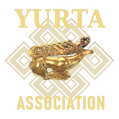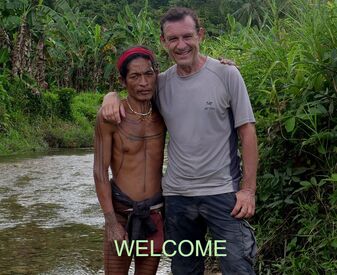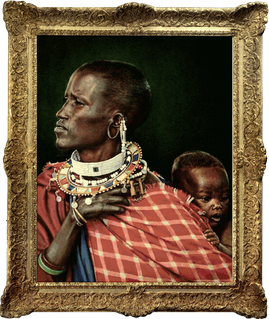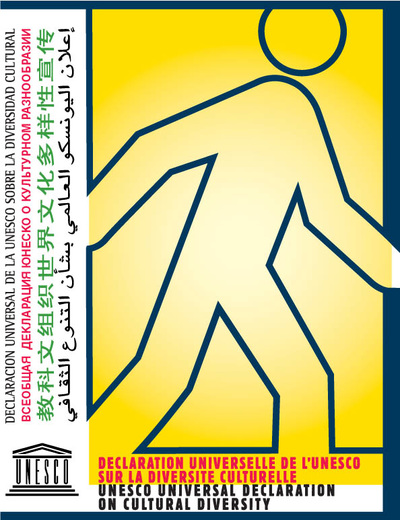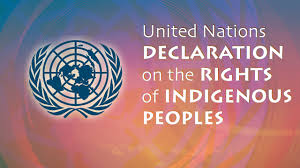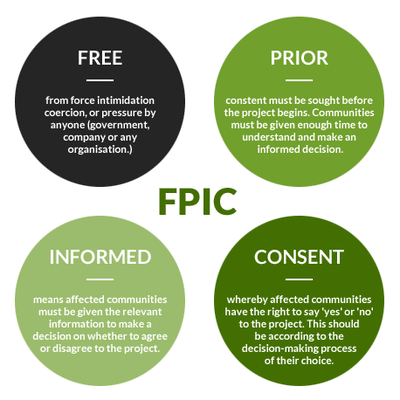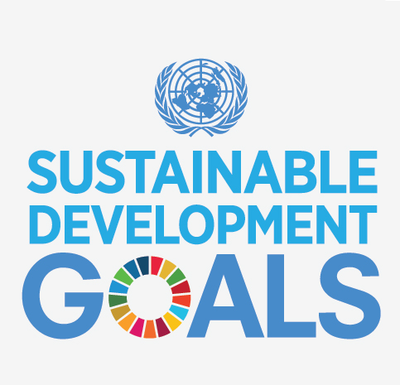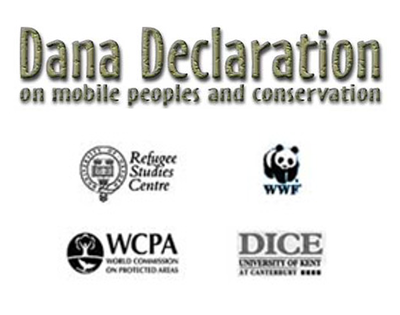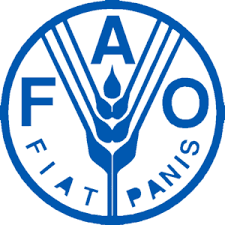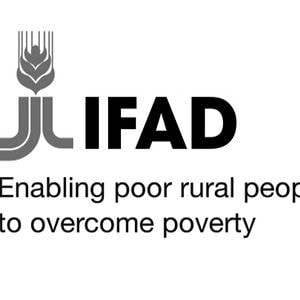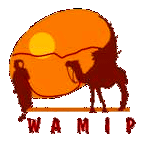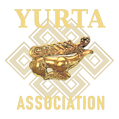Learning from Nomadic-Tradition Indigenous Communities
|
YURTA Association is a non-profit organization dedicated to researching cultures of nomadic tradition and developing projects and educational proposals inspired by the deep knowledge nomads have of their ecosystems, initiatives mainly aimed at mitigating the adverse effects of climate change and loss of biocultural diversity, making their cultures and values known, appreciated and useful to us
|
|
